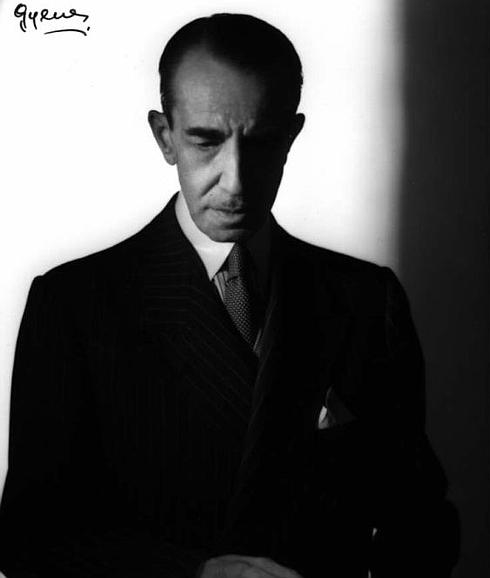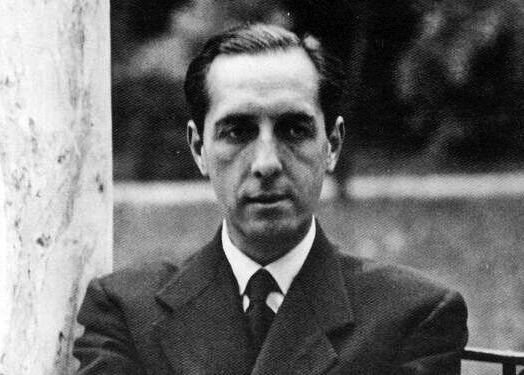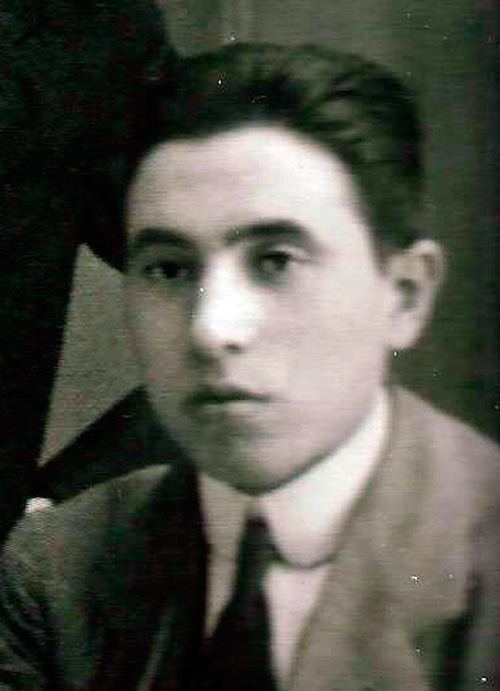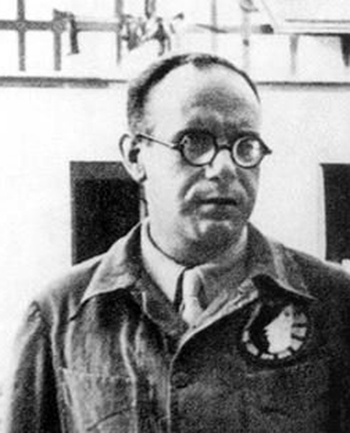Art historian, university professor, writer and Spanish politician. Best known for having been mayor of Granada after the military uprising of 1936. He was for a time a close friend of Federico García Lorca. He belonged to the El Rinconcillo tertulia of the Café Alameda in the early twentieth century. There he met personalities of the time, along with Francisco and Federico García Lorca, Melchor Fernández Almagro, Manuel Ángeles Ortiz, Manuel de Falla, José Mora Guarnido, Constantino Ruiz Carnero, José and Manuel Fernández-Montesinos or Hermenegildo Lanz.
He supported the preparatory acts for the Flamenco Song Contest and Federico turned to him when he was writing ‘Mariana Pineda’ to gather historical data. He published numerous works on Granada’s heritage and culture.
He was a brilliant student and at the age of fourteen he had already published his first articles in the press. He studied Philosophy and Letters and Law. He received the extraordinary prize for his final thesis: Evolutions of architecture in Spain as an attempt at national art. He was, like Lorca, a student of Domínguez Berrueta and participated in one of his study trips. He wrote his evocations in a book entitled The Poem of the Convent, in 1918. He received his doctorate in Madrid with a thesis entitled Granada in the War of Independence. He won a competitive examination for the Corps of Archivists, Librarians and Archaeologists and worked first in the National Library and then in the Treasury Delegation of Granada. He joined the Maurist youth movement promoted by Fernández Almagro, a friend of his since adolescence. Later he joined Cambó’s regionalism. He and Fernández Almagro founded the Ganivet Institution that tried to preserve the culture of Granada. He collaborated in the press and in magazines of the time, such as that of the Centro Artístico, an institution of which he was librarian in 1915. He was also a theater critic in Gaceta del Sur and Noticiero Granadino. In 1918, he started the magazine Renovación, where Lorca published a poem, White Chrysanthemums, for the first time in 1918.
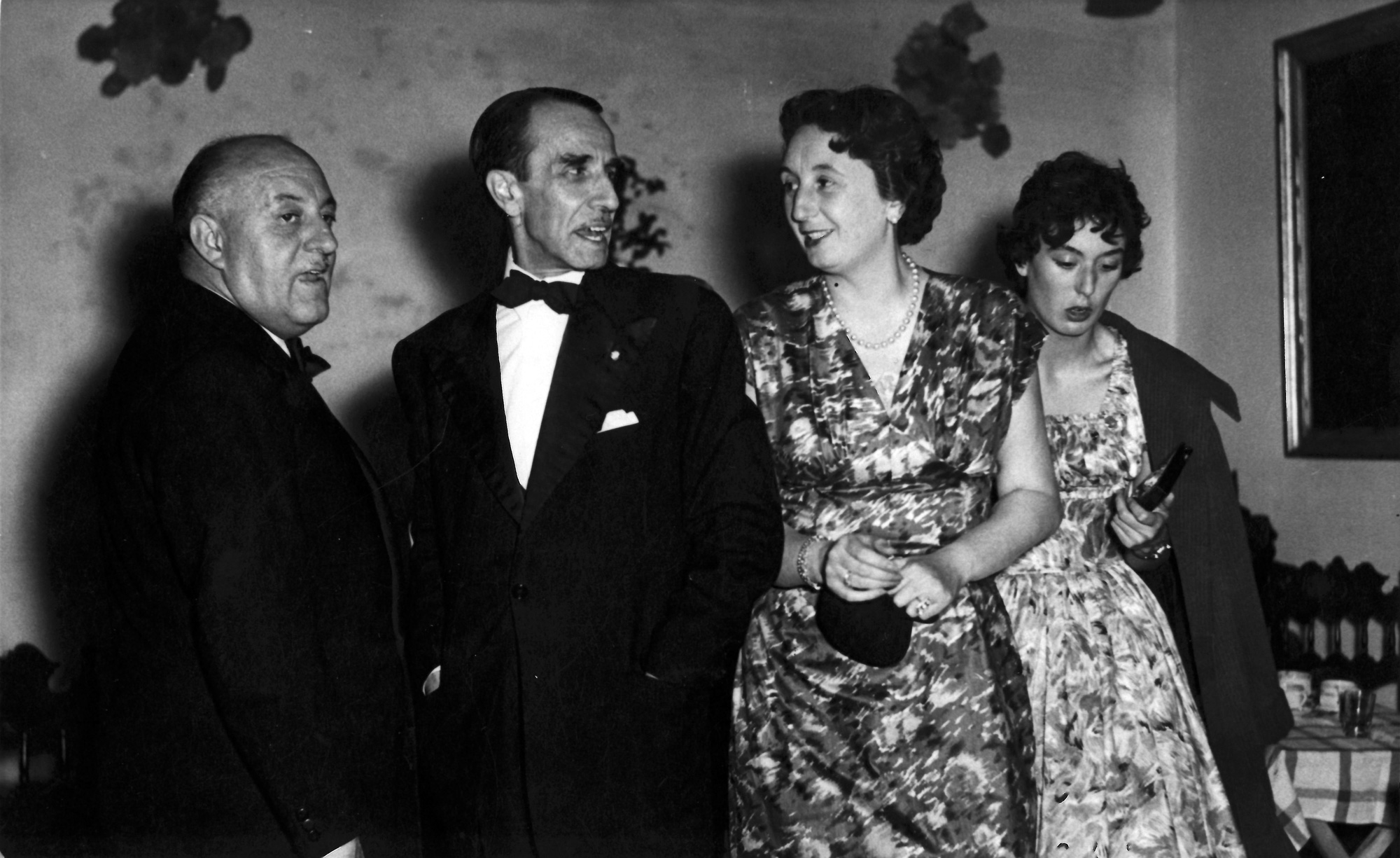
He supported the preparatory events for the Flamenco Song Contest, at the Hotel Alhambra, and it was he who read the anonymous pamphlet on deep song (written by Falla), before the performances and the reading of Lorca’s poems. It was to him that Federico turned when he was writing Mariana Pineda to gather historical data.
In 1920, he ran for alderman, but failing to get the position he focused on his intellectual projects. From 1922 to 1926, he was director of the Archaeological and Ethnological Museum in Granada.
He marries Eloísa Morell Márquez in 1922 and moves to Salamanca where he obtains a chair at the University. Later he went on to hold the chair of Art History at the University of Granada (of which he became dean in 1935). He published numerous works on the heritage and culture of Granada: José de Mora: his life and work (1925), A contemporary of Montañés: the sculptor Alonso de Mena y Escalante (1952) or his Guide to Granada (1938 and 1946). In 1926, he was appointed delegate of the Royal Delegation of Tourism, restored the Casa de los Tiros in collaboration with Torres Balbás, and began to prepare it as a museum. Gallego Burín was its first director.
During Gallego’s mayoralty, important changes were made in Granada: Puerta Real was embanked, Zacatín street was pedestrianized, Ganivet street was opened at the expense of the neighborhood of La Manigua…
In the summer of 1930, after a reading of Yerma at the Casa de los Tiros, the idea of publishing Divan del Tamarit from the University of Granada arose. Emilio García Gómez wrote the prologue and prepared the manuscript for publication, but delays and the war put a damper on its publication.
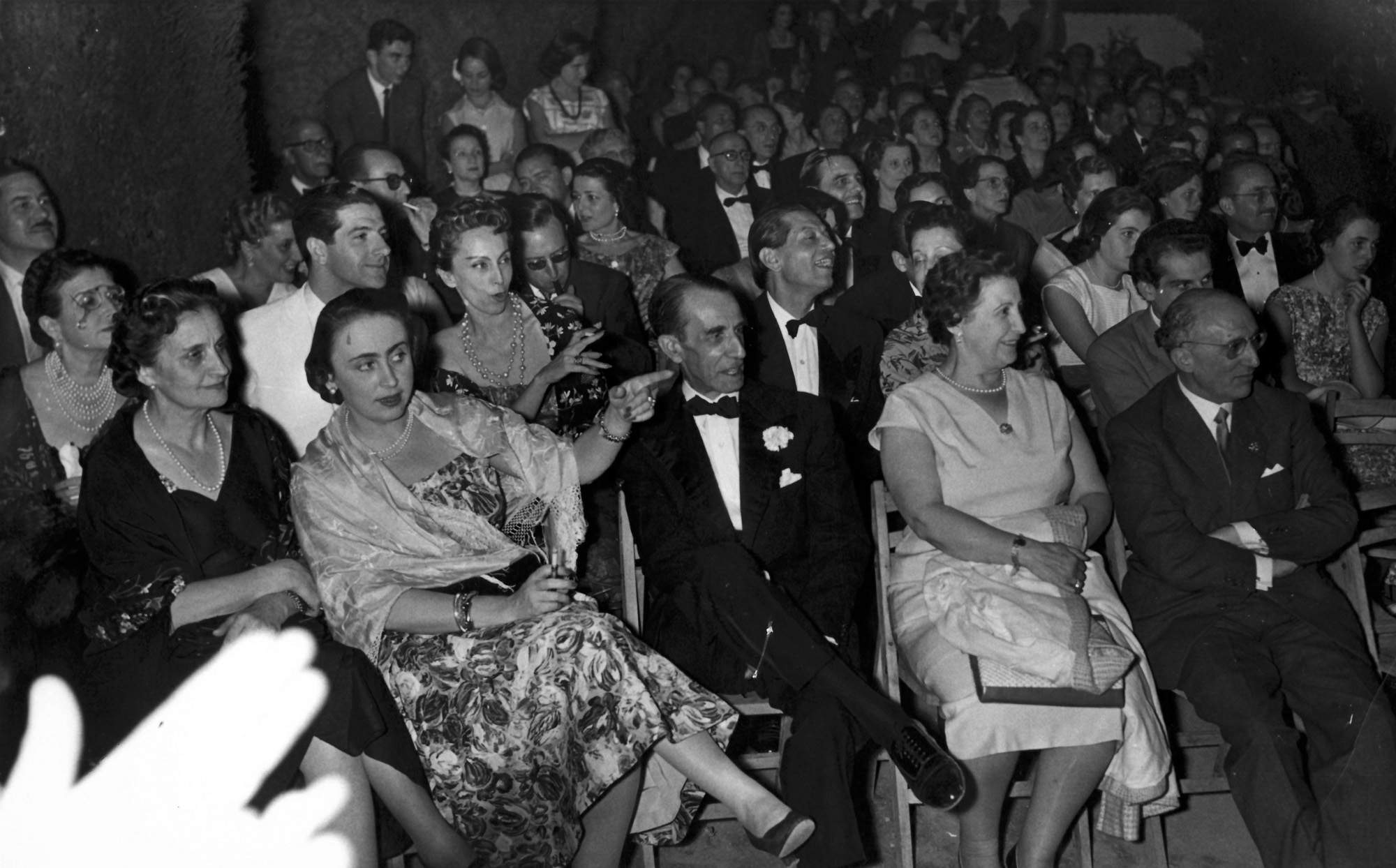
The Civil War began and the conflict confronted young people who, despite their different ideologies, had been able to cultivate friendship and share work and projects around their city. After the military uprising, Gallego Burín supported Franco’s side and on June 3, 1938 he was appointed mayor of Granada, a position in which he remained until August 31, 1951, except for a hiatus in 1942. Manuel Fernández-Montesinos, the last Republican mayor of Granada, a friend of his from El Rinconcillo, was shot in August 1936. In the period of Gallego’s mayoralty, important changes were made in the city: Puerta Real was embanked, Zacatín Street was pedestrianized, Ganivet Street was opened at the expense of the neighborhood of La Manigua… He was director of the Centro Artístico from 1943 to 1944. In 1951, he was appointed director general of Fine Arts, created the first Festival of Spanish Music and Dance, the origin of the Granada Music and Dance Festival. In 1956, he entered the Royal Academy of Fine Arts of San Fernando. He died in 1961.
